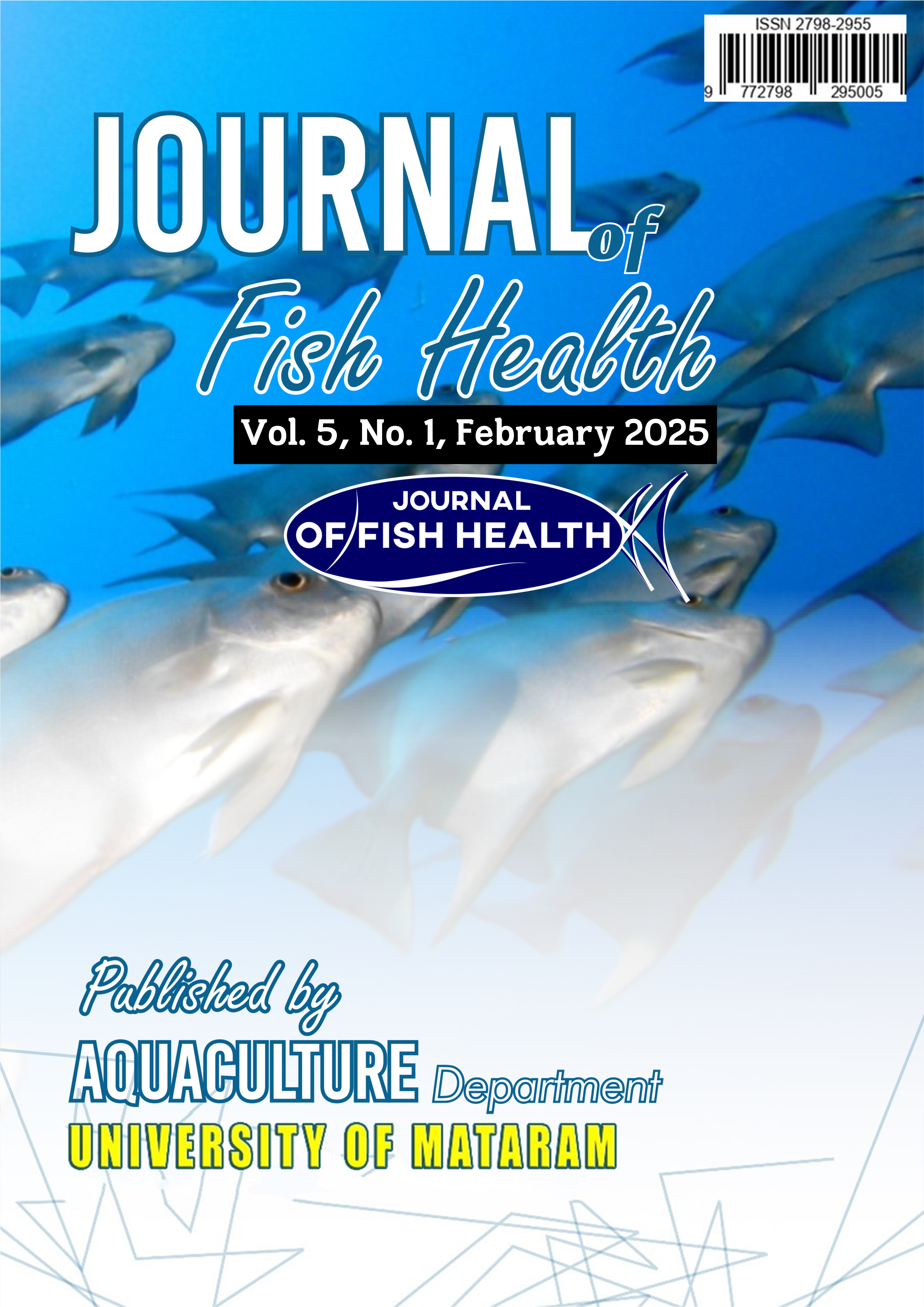Total Economic Value of Mangrove Ecosystems in Amahai Village Central Maluku District
DOI:
https://doi.org/10.29303/jfh.v5i1.6246Kata Kunci:
Fishing, Mangrove Ecosystem, Sustainability, Total Economic ValueAbstrak
The characteristics of mangrove ecosystems as public goods have great potential for degradation if they continue to experience pressure and the absence of sustainable management. The impact will be reduced economic value and require considerable rehabilitation costs to overcome other negative impacts that may occur in the community. This study was conducted to estimate the total economic value of mangrove ecosystems in Amahai Village, Central Maluku District. Respondents are 30 local communities selected by purposive sampling and 1 owner of the mangrove tourism by total sampling. Data analysed using quantitative methods. The results showed that the utilisation of mangrove resources by local communities consisted of fish, shrimp, crab, eco-tourism, research and education. The total economic value (TEV) with an area of 43.9 ha is IDR 5,899,162,139/year or IDR 134,377,270/ha/year, which consists of direct use value IDR 189,839,601/year, indirect use value IDR 5,619,753,331/year, option value IDR 21,025,247/year, existence value IDR 49,560,000/year, and bequest value IDR 18,983,960/year. This economic value indicates that the mangrove ecosystem plays an important and strategic role in the lives of local communities. Therefore, this value can be a source of information for the government as a policy holder in managing mangrove ecosystems in Amahai Village.
Unduhan
Diterbitkan
Terbitan
Bagian
Lisensi
1. The copyright of this journal belongs to the Editorial Board, based on the author's consent, while the moral rights of the publication belong to the author(s).
2. The formal legal aspect of journal accessibility refers to the same Creative Common Attribution + Noncommercial + ShareAlike (CC BY-NC-SA), implying that publication can be used for non-commercial purposes in its original form.
3. Every publication (printed/electronic) is open access for educational, research and library purposes. In addition to the objectives stated above, the editorial board is not responsible for copyright infringement















